Before beginning a study of foreign language, it is important to determine why you’re choosing to do it because your goals will order your steps. My long-term goal is for my family to become fluent in at least two foreign languages, so language study is an important part of our homeschool. In fact, I feel that homeschoolers have a moral obligation to study a foreign language.
But learning a language is hard work, and it can take years. At the same time, my children are growing up quickly and, relatively speaking, I have a short time as their primary teacher. How can I balance the time it takes to learn a language with the lack of time I have to provide unique cultural experiences?
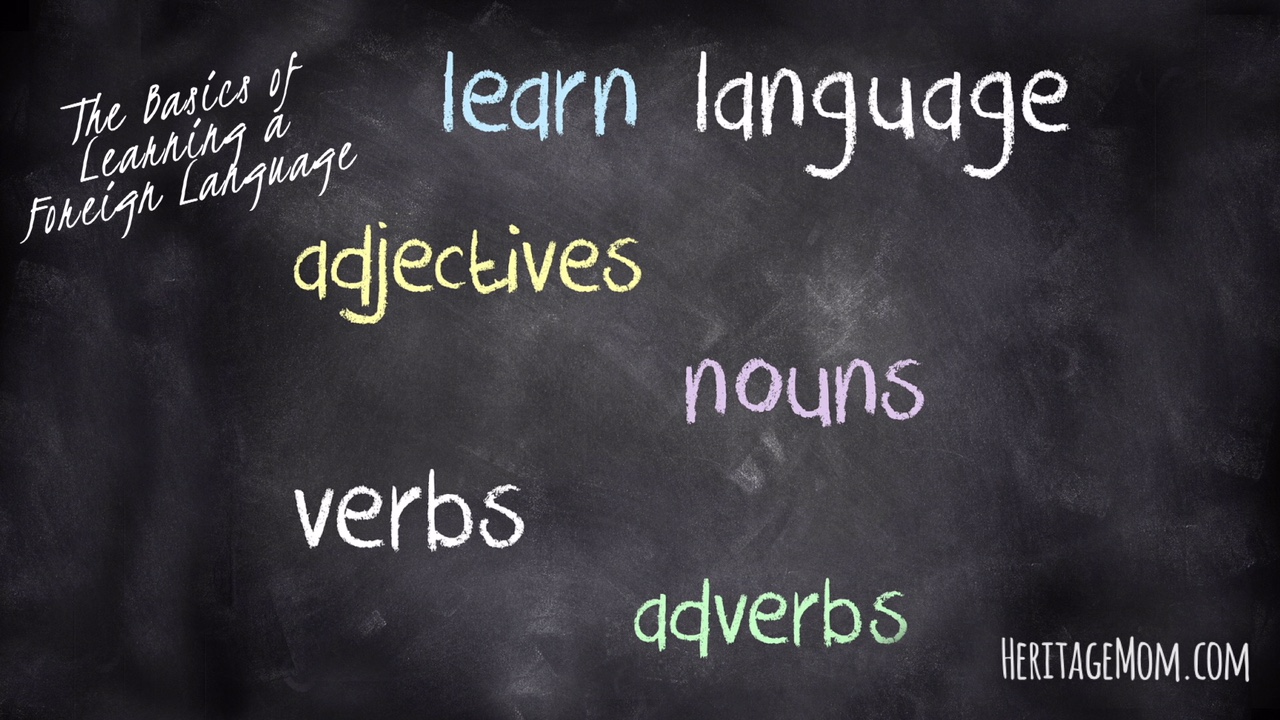
After wrestling with that question, my husband and I decided to just take the plunge by doing both – studying a language AND traveling extensively without yet having mastered the language. I was scared to head out on our first Worldschooling adventure with very little mastery of the local language under our belts, but my accidental and haphazard approach has actually been pretty awesome.
I took off with just the basics under my belt, and that has proven to absolutely be enough. I’m no language expert, but I am in a foreign country by myself with 4 young children speaking a language that I don’t know well, and things are going well.
Here’s what I recommend learning in a foreign language prior to taking off to an international destination con tu familia bonita {with your beautiful family}:
- A wide variety of useful nouns and adjectives. Think about the words you use in your daily life now or when you’re on vacation, and focus on those. Honestly, just look at a children’s Spanish book (We have this one), and try to memorize the words that look important. Consider your circumstances, and focus on eggs over eggplant and playground over fire truck. My experience dictates that you prioritize these:
- basic foods (vegetables, rice, beans, fruit, ice cream, breakfast, lunch, dinner, snack)
- drinks (bottled water, juice, milk, tea, coffee, latte)
- colors (red, blue, green, yellow, purple, black, white and red will be fine),
- numbers (1 to 1000 is cool if possible, but 1 to 10 is A-OK because 350 can also be 3-5-0),
- directions (north, south, east, west, in front of, behind, near, up, down, after, before, right, left, top, bottom, back, front) <<< These will save your life
- kid-related gear (highchair, playground, toys, diapers, baby wipes, breastfeeding)
- household items (bed, computer, shower, appliances, blanket, towel, soap)
- locations (bathroom, hotel, restaurant, train, bus, taxi, embassy, park, downtown, store)
- people (person, son, daughter, husband, wife, driver, boy, girl, woman, man, baby, family)
- time (hours, minutes, today, tomorrow, days of the week, months)
- general (place, thing, that, this, if, when, why, how, where, who, big, small)
- Common verbs. Without knowing some verbs, you’re dead upon arrival when trying to speak another language. If you can learn to conjugate these verbs (I go, you go, they go, we go), you’ll be even better off. I can conjugate the Spanish verbs that follow the basic pattern, but there are some that I don’t have the brain power to conquer right now. I haven’t had any problems being understood though, so I think it’s all good if you just know the basic verb. The 10 verbs that I find most important, in no particular order:
- To have
- To go
- To want
- To do
- To take
- To put
- To be
- To eat
- To turn
- To say
With some nouns, adjectives, and a solid set of verbs, you can communicate successfully even if it’s not said beautifully. You can always combine the nouns you know with the adjectives and verbs you’ve learned to describe what you need. Examples:
- When I didn’t know the Spanish word for doll, I said “The not real baby that little girls play with” and BAM! – I was immediately directed to a stand that sold handmade dolls.
- I had no clue for the word bridge, so I told the taxi driver to turn by the “yellow thing that goes over the water.” Is that weird? Yes, it is. Did the driver turn by the bridge? Yes, he did.
- When my little one had a heinous diaper rash, I asked the pharmacy for “a white thing to put on the bottom of the baby because it is not good,” and I walked away with some (very expensive) diaper rash cream. Thank you very much.
- And recently, when I needed a 1-piece swimsuit I asked for “the clothes for a woman to use in the water and not a bikini.” The store employee showed me where the ugly, old-maid swimsuits were, and I humbly purchased one.
I could go on and on with examples because this is exactly how I communicate in Bolivia. I match up the few nouns and adjectives I know with the 15-20 verbs that I’ve mastered.
Clearly, there’s so much more to learning another language than what I’ve included here, but I gotta tell you…this absolutely gets the job done. I want to get better, and I know that I will, but for now I’m a huge proponent of being “good enough” so my family doesn’t miss out on life waiting for my perfectionism to be satisfied. So grab yourself some Rosetta Stone, Duo Lingo, a bilingual friend, a kid’s book, or Youtube videos and shoot for just the basics. Everything else will come with time.
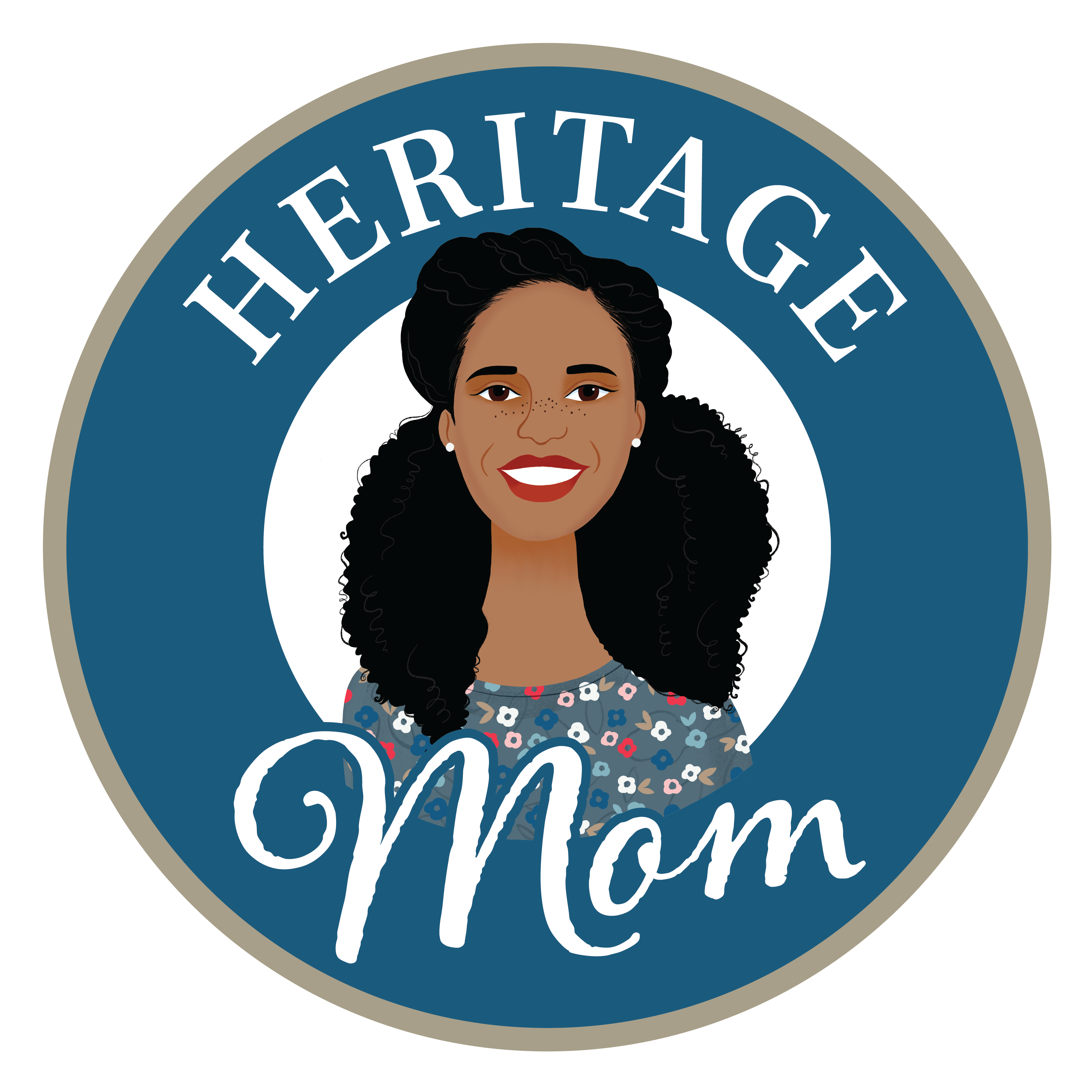
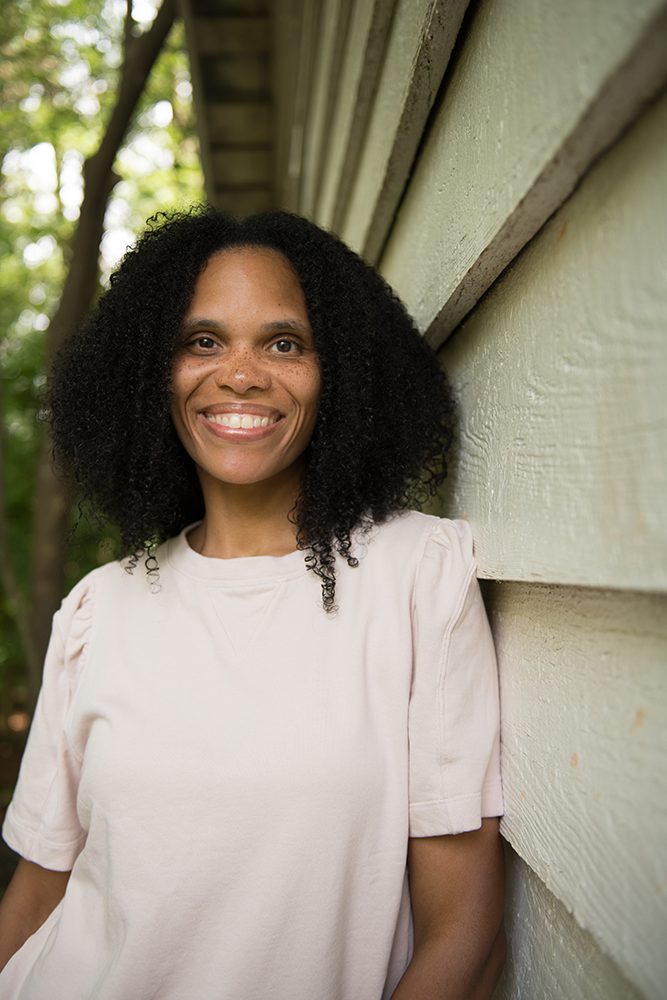
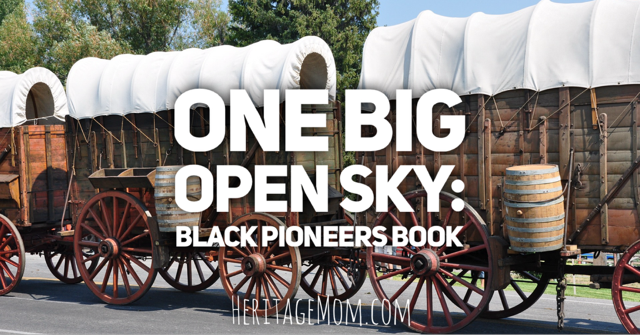

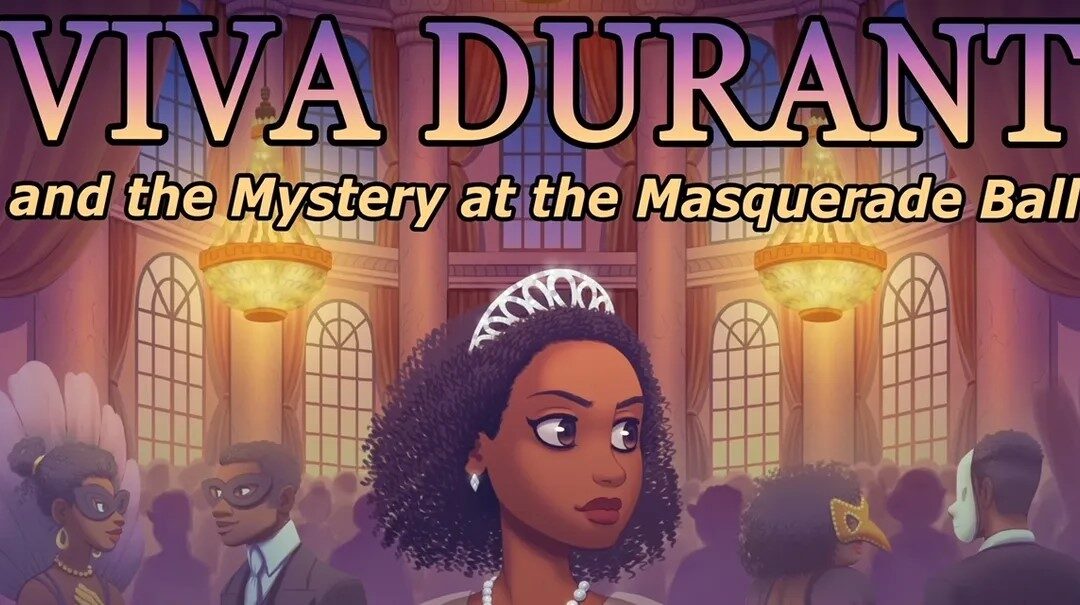

This is extremely helpful to me. I have been trying to have my children focus on using the Spanish vocabulary they already know to communicate rather than worrying about it “sounding weird.” I will be sharing this blog post with them!Thanks for sharing!!
I’m glad it helps! Admittedly, I had been underwhelmed by the CM approach to language because it seemed like we weren’t learning much or very quickly. But man! The focus on verbs and the sneaky way all of the everyday nouns seeped In has been amazing. I’m sold on it now!
Oh my goodness, this is so good. Thank you for this gracious approach!
I just listened to your conversation with the Scholé Sisters. It was a timely dose of grace-filled advice, as I am preparing to introduce Spanish at my newly launching Charlotte Mason co-op!!
Your perspective calms my fears and fuels my excitement!
I’m so glad that you found value in my simple approach! I can completely relate to your fears, but I know that you’ll do a wonderful job. A new CM co-op sounds FANTASTIC!